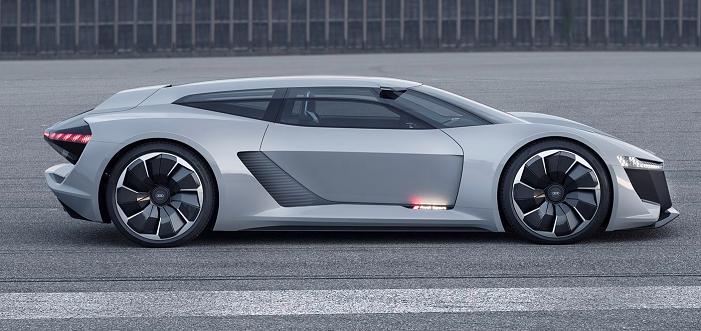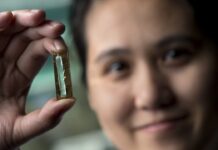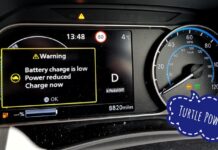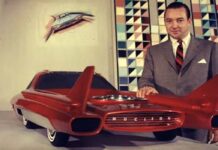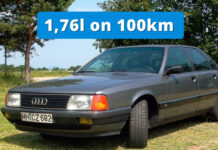For many, modern lithium-ion batteries are seen only as a bridging technology with an expiration date. German developers want to present the first results soon. A Chinese start-up is already launching small-scale production.
Henrik Fisker almost went down in the history books as an electric car pioneer. If the company of the established car designer, who was responsible for models such as the Aston Martin DB9 and the BMW Z8, hadn’t run out of money just as quickly as the plug-in hybrid Fisker Karma ran out of electricity after a few kilometers of driving.
Elon Musk with Tesla then overtook at full speed on the left, while the Fisker company went bankrupt and the Karma has only now made a fresh start under Chinese management after a long wait.
For now, Fisker is also using a lithium-ion battery. The solid fuel cell has been announced, but only for a later date
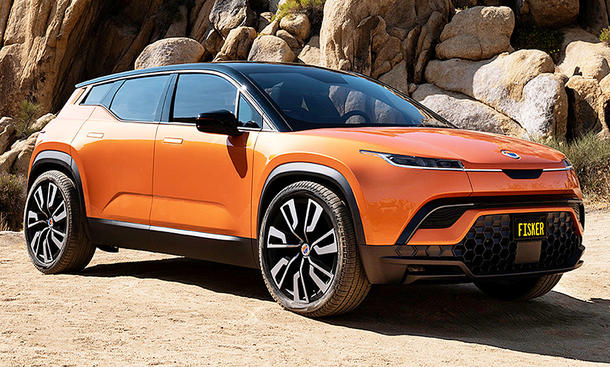
Fisker dares to make a new start
That’s what Henrik Fisker is also trying to do with a new company under his name. Next year, the electric car called Emotion is to be launched on the market. Initially with a conventional lithium-ion battery.
Originally, Fisker planned for the Emotion to use a graphene battery from a joint venture with the company Nanotech. According to media reports, the joint venture called Fisker Nanotech Energy has already been dissolved again, but both parties continue to work together.
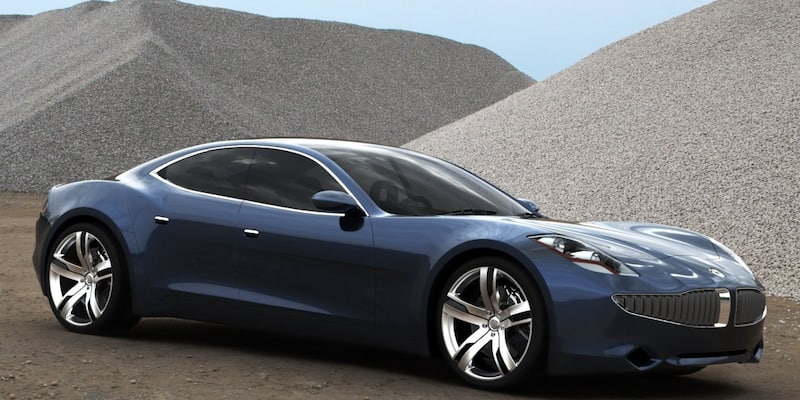
Now Henrik Fisker has announced that it will use a solid-state battery for its cars. However, this is not expected to happen before 2024. Other automakers, including Toyota and the Volkswagen Group, are also working hard on new energy storage systems in the form of solid-state batteries.
They are seen as the savior for making electric mobility suitable for the masses. Especially if it is not possible to allay customers’ frequent fears of insufficient range and change their behavior to multiple – albeit short – charging processes.
With a solid-state battery, it should be possible to tap several hundred kilometers of range in just one minute at a fast charger. Henrik Fisker holds out the prospect of 800 kilometers of driving range for his electric car before the battery is discharged.
Renault-Nissan-Mitsubishi invests
The American company Ionic Materials was founded specifically for the purpose of developing the solid-state battery to production maturity. The company sees itself on the right track and in a “leading role in solving the energy problems of our world.
The Renault-Nissan-Mitsubishi alliance also seems to see it that way. At CES in Las Vegas, Group CEO Carlos Ghosn announced a $1 billion investment in promising startups. The first company the automaker is investing in is Ionic Systems.
Toyota plans solid-state batteries for 2025
Competitor Toyota plans to offer production vehicles with solid-state batteries in 2025. With this, the Japanese company seems to want to jump straight into the fast lane in the development of electric cars. So far, Toyota has relied primarily on the hybrid technology and plug-in hybrids once established with the Prius. A pure e-car from Toyota is not yet on the market.
Toyota’s cooperation partner in the development of battery chemistry is BMW. Both companies are currently focusing on lithium-ion batteries.
Volkswagen invests $100 million
Volkswagen also sees the future of battery technology in solid-state cells. In contrast to the strategy of most automakers with current lithium-ion batteries, the Wolfsburg-based company wants to be at the forefront and hold the reins right from the start.
The Volkswagen Group has taken a $100 million investment in U.S. start-up QuantumScape. The two companies had already been cooperating since 2012.
What’s so special about the solid-state battery?
Everyone can remember the headlines about Tesla cars burning over or having to witness airlines not allowing certain types of smartphones on board due to fire hazards.
The fire hazard in the case of conventional lithium-ion batteries is the battery fluid, which acts as a conductive medium between the two electrodes (positive and negative terminals). The charges move in the liquid, which can also have a gel-like consistency, so-called electrolytes.
If a battery is exposed to a lot of heat due to a long time on the power supply, massive solar radiation or in a car accident due to e.g. burning gasoline of the opponent or sparking, the electrolyte can ignite.
A battery pack with liquid electrolyte must have a cooling circuit, which costs installation space and increases weight. The solid conductive medium between the positive and negative terminals does not require additional cooling, and it also has a higher energy density. It is therefore possible to “squeeze” more current into the same volume than with a liquid.
The solid-state battery thus kills several birds with one stone. Not only is it much safer than current batteries, but it also offers more range – with a smaller volume. However, a major disadvantage of the solid-state battery so far has been the low current at which it can be charged or discharged.
Volkswagen brand boss Herbert Diess also believes in the breakthrough of the solid-state battery in the coming decade. As communicated at the IAA in September 2017, the Wolfsburg-based group is investing 50 billion euros in battery research and development in the coming years.
